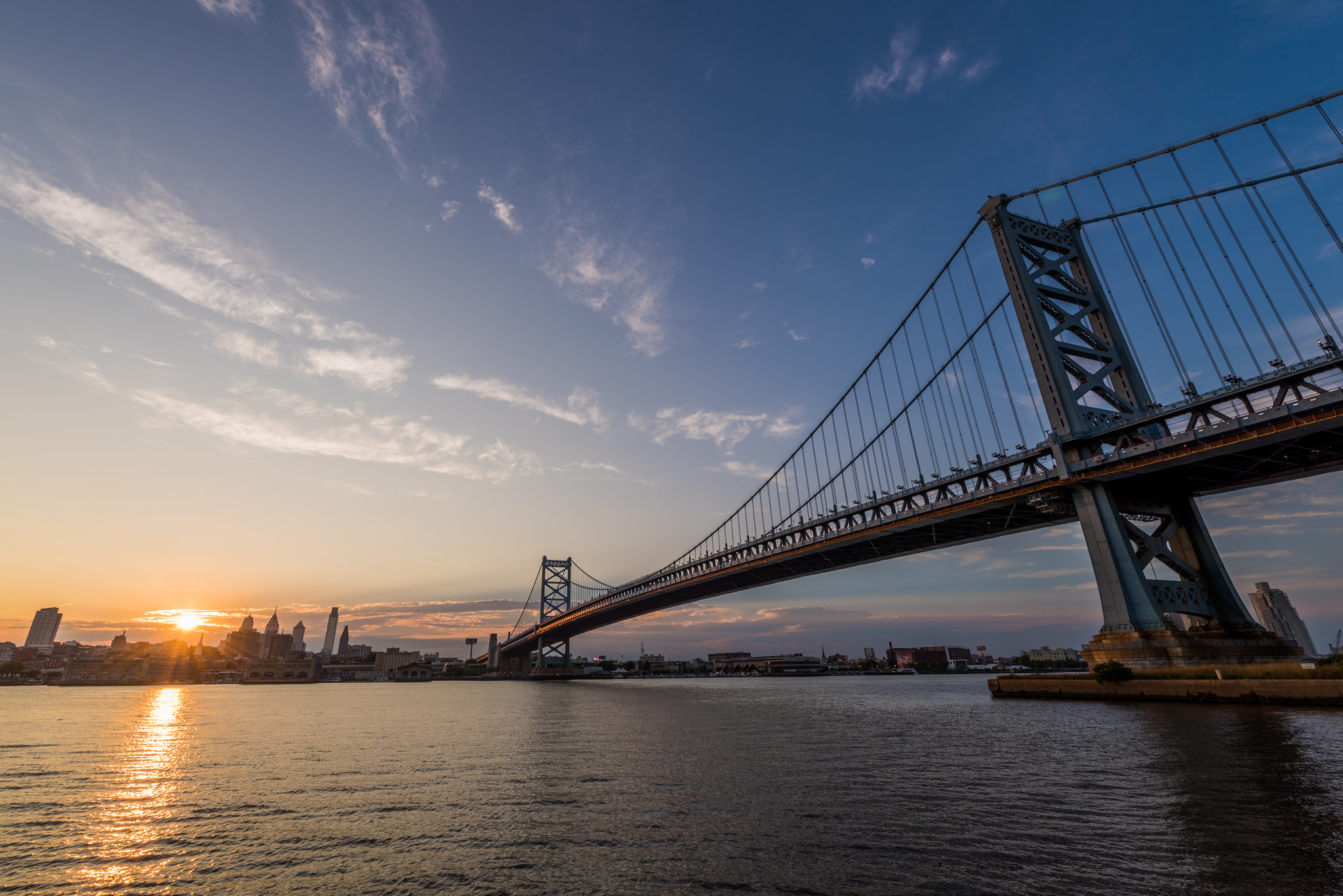This week, ministers from 190 nations will be in Paris to hammer out a treaty to cut carbon dioxide emissions. It’s a geo-political gathering aimed at staving off the worst impacts of climate change—including sea level rise.
Predictions of how high and how soon oceans will rise keep changing. And that leaves town planners and local officials with a dilemma. They are the ones responsible for protecting their cities from rising tides and hotter summers. But there’s no seat at the table for them in Paris—and likely no help.
Chris Crockett is the guy everyone told me to talk to about climate change in Philadelphia. He works with the city’s water department, and I met him on banks of the Delaware River, just before high tide. He pointed to a storm sewer grate in the roadway, where water had begun to rise on a sunny day.
“Once every two weeks or so, on Delaware Avenue at this location, we have the water pond up a little bit and the question would be, what if you added three feet to that?” Crocket says.
It’s Crockett’s job to help prepare the city for rising sea levels. And while Philadelphia is in a better position than cities like New York or Boston when it comes to the impacts of sea level rise, the city does sit along a tidal river—the Delaware. And the tide here along the Delaware River rises and falls six to seven feet, two times a day, all the way up to Trenton, New Jersey.
Continue reading this story at StateImpact Pennsylvania »
###
This story comes from our content partner StateImpact Pennsylvania, a collaboration between WITF and WHYY covering the fiscal and environmental impact of Pennsylvania’s booming energy economy.



